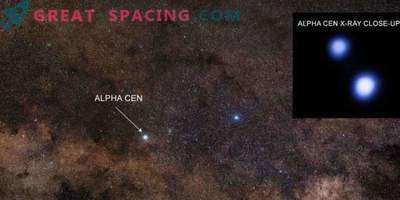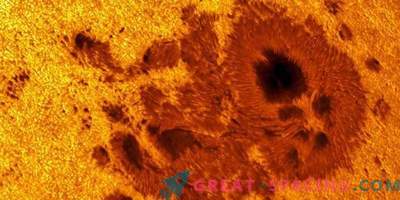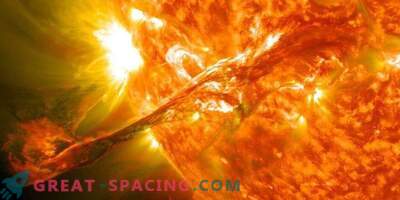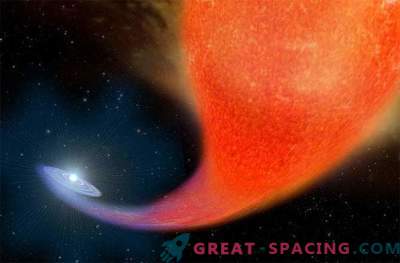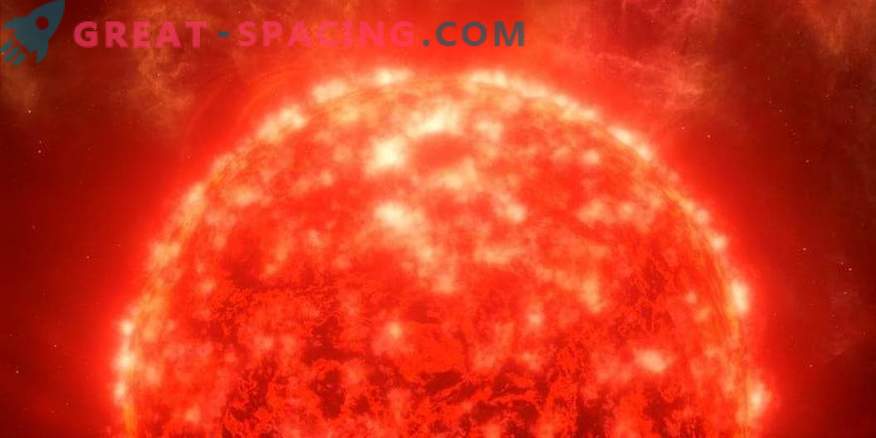
With the help of the NGTS exoplanet search system, astronomers were able to identify an outbreak of energy that reflects quasiperiodic pulsations of an M-type star to the main NGTS sequence J121939.5-355557. The found flash is considered to be one of the most energetic on the M-type star.
Star flares are energetic and impulsive ejections of large amounts of energy from a star. They occur when a shift in a star's magnetic field accelerates electrons to speeds close to light speeds. This leads to eruptions that cause radiation across the entire electromagnetic spectrum.

Increased peak of glare, in which vibrations are clearly visible. A flash of flow with a duration of 20-30 seconds is visible at the beginning of oscillations 8 minutes after the start.
While the flashes of M-stars create some of the most dramatic stellar events, their appearance is difficult to predict. The manifestation of such activity on this type of object requires long-term measurements of many stars. Recently, scientists analyzed observational data from the NGTS from November 2015 to August 2016. NGTS - ground-based transit imaging of exoplanets, represented by 12 telescopes. This system is able to find and resolve flashes, for both single and mixed objects. Thus, on January 31, 2016, the NGTS J121939.5-355557 was found. It is located at a distance of 685 light years from Earth. This is a young star (age - 2.2 million years) of spectral type M3 and solar size. However, it is inferior to the Sun by massiveness by 5 times at an effective temperature of 3090 K.
The analysis showed that the flash energy turned out to be greater than all previously observed flashes of M-type stars from NASA's Kepler mission. Rather, it can be compared with energetic G-stars. Scientists also added that this outbreak is one of the largest among the representatives of M-type stars. In addition, at the peak of the outbreak, significant multi-mode quasi-periodic pulsations were found. This is important, because such pulsations are usually observed in solar flares.
Multi-mode quasi-periodic pulsations in a flash are formed from two statistically significant periods: 320 and 660 seconds with an amplitude of oscillations of 0.1. Search and study of such flashes will allow a better understanding of the formation and habitability of alien terrestrial planets around M-stars.






